Elisa Silva develops a reflection that reexamines informal settlements from the possibilities that these offer to create public spaces and fight social inequality in the process of a more inclusive urbanism.

The Urban Cassandras of Our Times
While we often associate inequality with the distribution of income and economic opportunities, it is also closely inscribed in territorial structural differences. Informal settlements produce inequality by ossifying and perpetuating urban conditions of exclusion and difference. Transportation, public services, education, and job training in urban spaces are categorically distinct for people living in informal housing versus those living in planned segments of the city. In Caracas, for example, population density in the barrios, as informal settlements are referred to, is three to four times higher than in neighboring formally planned areas, and they have fewer offerings in terms of public spaces and urban services. [1] Moreover, limited access to opportunities produces a cycle of poverty and creates the conditions in which young men may become associated with criminal organizations—where they are socially accepted and gain self-confidence—while their female peers see their education cut short by adolescent pregnancy, which reaffirms aspirational dynamics around maternity as a way of gaining recognition from women, in relation to religion and customs.
Territorial inequality is widespread and affects a significant portion of the world’s population. Informal settlements are endemic in urban centers in developing nations, where the majority of the global population resides. [2] In some urban contexts, as much as half of the population lives in informal settlements, as is the case in Caracas [3], while in some African cities the percentage rises to 80 percent. [4] According to the United Nations, as of 2003 a sixth of the global population, more than a billion people, lives in informal settlements and it is estimated that this number will double by 2030. [5] The gravity of these statistics should provoke a change in how we approach the issue: It is clear that our current approach to housing has been insufficient.

“Our current approach:” the discourse of modern architecture and urban design in the face of inequality, solely focused on social housing, is erroneous. While the concept of social housing was developed with good intentions, alone, it fails to blur the lines of urban divisions. Integrating diverse social segments is crucial to reducing inequality, and this is dependent on a set of factors that includes geographic proximity, access to facilities and services, and diverse opportunities for residents. [6] Rarely have social housing projects responded to these considerations, as they tend to be located on the outskirts of cities where land is more affordable and offers greater profitability, and they take on massive dimensions without integrating the necessary urban services and facilities. Due to these failures, after nearly a century of social housing projects, both in Latin America and globally, we have not seen significant advances in reducing urban inequality.
Informal settlements are a reality and many of them continue to grow, although the insistence on housing policies as the main social investment front would seem to deny it. Jordi Borja, a Catalonian architect and expert in urban renewal processes affirms that “housing and other infrastructure projects tend to focus on a particular sector without maintaining a holistic urban vision; priority is given to paving roads and housing.” [7] Local authorities constantly confuse urbanism with housing. In addition to being an incomplete approximation, the simple fact that social housing is not an economically viable response to the sheer number of people living in spontaneous communities should be sufficient to dismiss it, or at least not bet on it as a comprehensive strategy. New housing does not mitigate existing urban exclusion, nor does it represent a pertinent offering for people living in informal settlements; rather it is a means of avoiding responsibility in the face of shortcomings. It is urgent that we recognize self-built structures as a response to the housing demand and as part of the city. Their limitations lie in the exclusion of their inhabitants from urban dynamics, and not in the housing itself. These exclusionary aspects are not only found in space, but also in public policies designed and implemented with regard to city planning.

Fortunately, some cities in Latin America, among them Rio de Janeiro, Medellin, Bogota, and Guayaquil have spent nearly three decades investing in neighborhood improvement projects that make evident the practices that have been most successful in dissolving territorial differences. While their focus varies, a consistent feature has been that these projects include public space components which have had notable effects in terms of integration and equality; such is the case of the Malecón Salado in Guayaquil, Ecuador and the Ecoparque Moravia in Medellin, Colombia. These interventions require far less investment than housing projects, and by intervening in public space they have the potential to dilute physical urban boundaries and integrate diverse urban sectors. Moreover, public space offers a track to promote and develop cohesion between citizens since it offers space that is open to those living in the community and outsiders. Space is a potent tool in developing civic culture, as proven in Jane Jacobs’ studies in Manhattan in the 50s and 60s, and more recently defended by Jan Gehl in Copenhagen and other European and North American initiatives. The need for public space in informal settlements is no less. On the contrary, the high population density and typical single-function use of space in these communities makes public spaces even more essential.
The forthcoming publication Puro espacio: transformaciones de espacio público en asentamientos informales de América Latina, which I wrote in collaboration with the firm Enlace Arquitectura and edited by Actar with support from the Graham Foundation and CAF – Development Bank of Latin America [8], takes up 23 examples of urban initiatives that cities have used to diminish territorial inequality through public space. While some of the projects included in the publication are part of official programs, many were also financed by the private sector and/or supported by multilateral organizations. As concrete examples, these programs should drive local authorities and citizens to ask themselves what would happen if resources typically dedicated to new social housing projects were instead invested in initiatives that integrate existing informal settlements into urban dynamics, in particular through public space. Perhaps they would recognize the strategic value of public space for its efficacy in connecting diverse segments of the city, in addition to its low cost and high feasibility.


Unfortunately, the inertia present in pre-existing urban processes, as in Mexico where there is a full sector of the housing industry focused on social housing projects with federal governmental support via CONAVI and Infonavit, or the intangible propagandistic success of the Gran Misión Vivienda Venezuela (Venezuelan Great Housing Mission) which buys the citizenry’s loyalty through the promise of possible housing, seems to confirm the fact that common sense and responsibility will continue to face adversaries before finding success in urban configuration and transformation. Faced with financial monsters on this scale, the audacity of formulating alternative urban interventions from the civic sphere seems naïve, if not truly foolish.
This is particularly clear in Venezuela, since years of welfarism have essentially destroyed civil society’s ability to formulate original ideas. Until very recently, the status quo in society, both in popular sectors as well as among more affluent classes, was to cede all responsibility related to urban operations to local and national authorities. Today, this is no longer the case as the government’s inability to complete almost any project has been widely proven. This decline has allowed civil society to discover its ability to address urban issues, as well as the possibility of developing critical thinking about the city and influencing the construction of civil society. Today there are dozens of private initiatives in Venezuela that advocate for citizens, alternative transportation, the recuperation of public space, the integration of barrios, etc.


Faced with the level of psychological violence and intentional harm being committed in Venezuela, these reflections may seem untimely and irrelevant. What is certain is that this violence is not humanly digestible: rather, one lives with the violence using all the possible defense mechanisms. Among these, there is a disconcerting mechanism that Federico Vegas recently described in his article La fascinación [9] as a sort of paralyzing stultification. Aggression doesn’t produce the dulled sense of fascination, or at least not alone, rather it is the product of the unusually absurd and burlesque methodologies used to administer it. We can review the historical context that precedes this present moment filled with cruel chimeras, but this history cannot be used to justify such gratuitous evil and egotistical power; this evil belongs rather to profoundly pathological spheres and the small group of individuals currently in charge of the Venezuelan government. This situation can serve history as yet another example of how cities reflect their contemporary society, and specifically how urban history in Caracas has openly divulged its troubles.

While much attention was devoted to the modern project in Caracas, understood as the conquest of the Ávila slopes beginning with the construction of the Humbolt Tower (1956) and the cable car, the creation of Ciudad Universitaria (1954), the Centro Simón Bolívar (1947), El Helicoide (1955–1961) and the construction of wide freeways that severed the city’s connection with the river—all lauded testimonies of a modern architecture and infrastructure enviable to the eyes of the world—at the same time informal settlements grew at a much faster pace. Already in 1966, informal settlements covered 17% of Caracas; by 1983, 36% of the city’s population was living in them. [10] In this city’s particular case, the barrios grew on the hills surrounding the city, which is to say that they were not out of sight. In fact, they were clearly visible. These sites have been a sort of urban Cassandra, always warning of growing social inequality that required serious attention. In Greek mythology, Cassandra was the daughter of the King of Troy. Apollo fell deeply in love with her and granted her the gift of prophesy. However, Cassandra didn’t respond to his seduction, and he took revenge on her, forcing her to continue seeing the future but cursed that no one would believe her. Cassandra predicts the fall of Troy, but she cannot change history. In psychology, the figure of Cassandra is used to describe human consciousness’s ability to formulate warnings and prevent suffering. The figure of Apollo represents the alter ego that resorts to negating and discrediting consciousness, acting as an escape mechanism and means of avoiding responsibility. This appropriation of the myth by psychologists very accurately describes what happened in Venezuela: while informal settlements grew at a rate 2.5 times faster than their “formal” counterparts [11], both the government and the private sector preferred to deny this reality and succumbed to the drunkenness prompted by the oil economy bonanza and power, ignoring the growing deep social discontent that was the perfect recipe for the emergence of a populist movement. And as Troy fell, so has Venezuela fallen, not without warning from its own Cassandra.

In our case, working in Venezuela and primarily in Caracas, our effort to make public spaces with communities in spontaneous settlements is the result of years dedicated to observation and research in barrios in Venezuela and informal settlements in other cities in the region. The Wheelwright Fellowship at Harvard University in 2012 represented a unique opportunity to tour the cities of Latin America and learn about neighborhood improvement projects that have been undertaken. Likewise, the work done at La Morán Caracas alongside students at the Universidad Central de Venezuela, the Dividendo Voluntario para la Comunidad, Fudep, and CAF since 2007 revealed and confirmed the latent transformative potential of public space.
Today, perhaps it is not so much because of our work as our obstinacy to survive that we continue in this line of work. If the paralysis of fascination is a defense mechanism in the face of a bombardment of malicious and absurd aggressions, Vegas also shows that creativity and the audacity of working towards a future reality is a mechanism to challenge aggression and forge resilience.
The idea is that by creating public spaces (even just a few) in informal settlements, it will be possible to confirm the urban effect and the social scope that these spaces can have in terms of integration and equality.
It matters little whether this integration occurs under socialist, mixed, lively or opaque colors. But it must happen, both in Venezuela and the rest of Latin America. Faced with the rising inequality that so flagrantly threatens larger issues such as social cohesion, peace, and environmental sustainability, we must take note of the Cassandras calling out to us and do everything possible from our disciplines and spaces, even when it seems insignificant, to introduce small alterations to history in the hopes that our Troy may survive, or at least not fall completely.
—
[1] The population density in formally planned areas of the Baruta Municipality is 53 people/hectare, while in informal settlements it rises to an average of 375 people/hectare.
[2] World Bank. Accessed on January 7, 2018: [http://data.worldbank.org].
[3] Elisa Silva, et al. CABA: Cartografía de los barrios de Caracas 1966–2014. (Caracas, 2015), p 181.
[4] Aron Maasho, Ethiopia 80% of urban population lives in slums in Ethiopia. Sapa-AFP, January 18, 2007. Accesed on February 7, 2018: [http://nazret.com/blog/index.php/2007/01/18/ethiopia_80_of_urban_population_live_in].
[5] United Nations Population Fund. Accessed on January 7, 2018: [http://www.unfpa.org/urbanization].
[6] In his book Arrival City: How the largest migration in history is reshaping our world (New York: Vitange, 2012), Doug Saunders argues that in the twenty-first century, a third of the world’s population is on the move. Informal settlements or “arrival cities” receive migratory populations but in an explicitly segregated manner that keeps them isolated from “formal” urban dynamics. In this sense, reflections on territorial inequality must extend beyond citizens and include immigrants.
[7] Jordi Borja and Z. Muxi. El espacio público: ciudad y ciudadanía. (Barcelona, 2003).
[8] The expected publication date for this text is May 2019.
[9] Federico Vegas, La fascinación. Prodavinci, September 29, 2018: [https://prodavinci.com/autores_pd/federicovegas/].
[10] E. Silva p. 181.
[11] Idem. This growth rate has been confirmed by Federico Villanueva and Josefina Baldó’s studies in the Plan de Habilitación Física de Barrios, 1996.

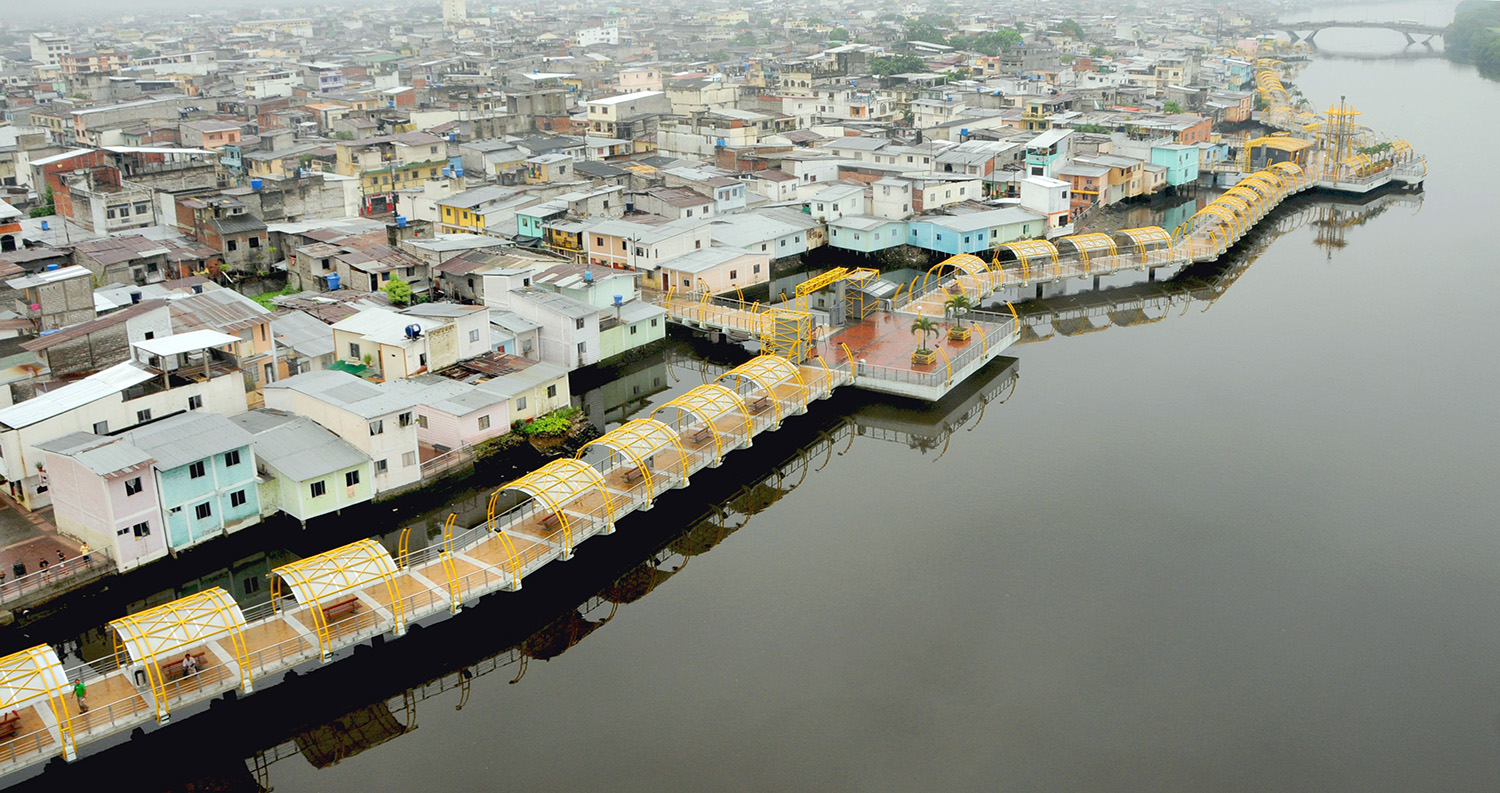
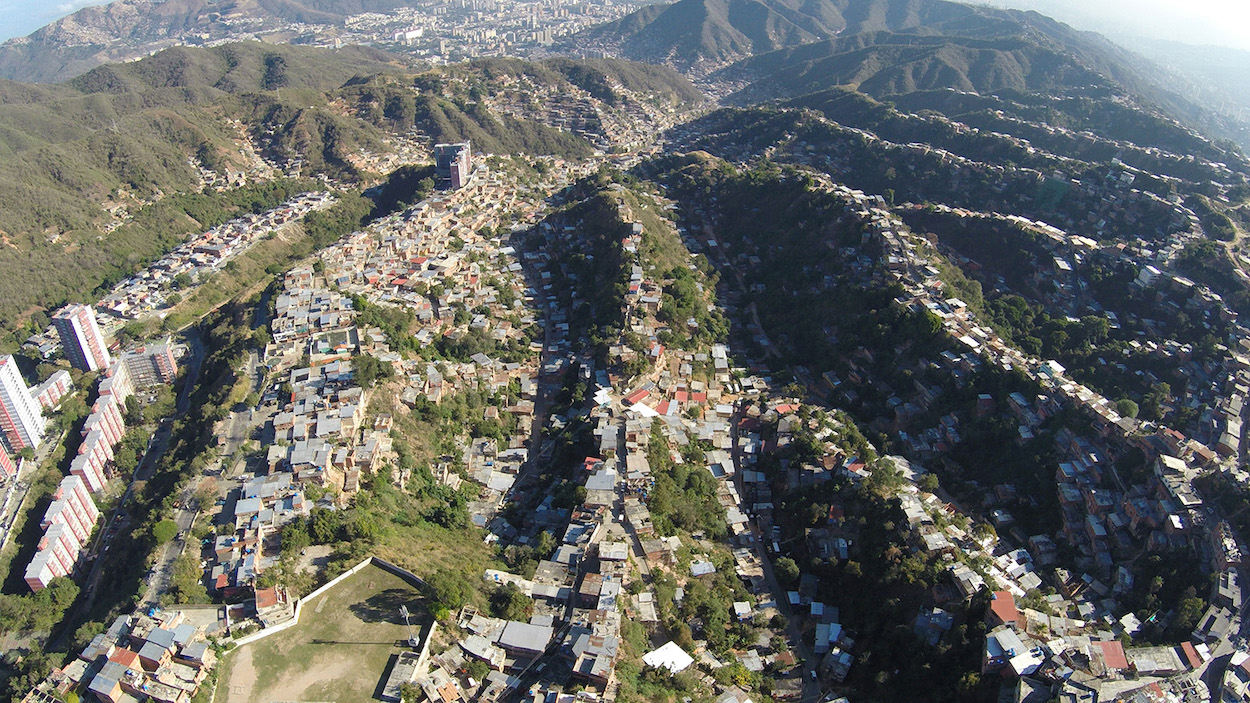
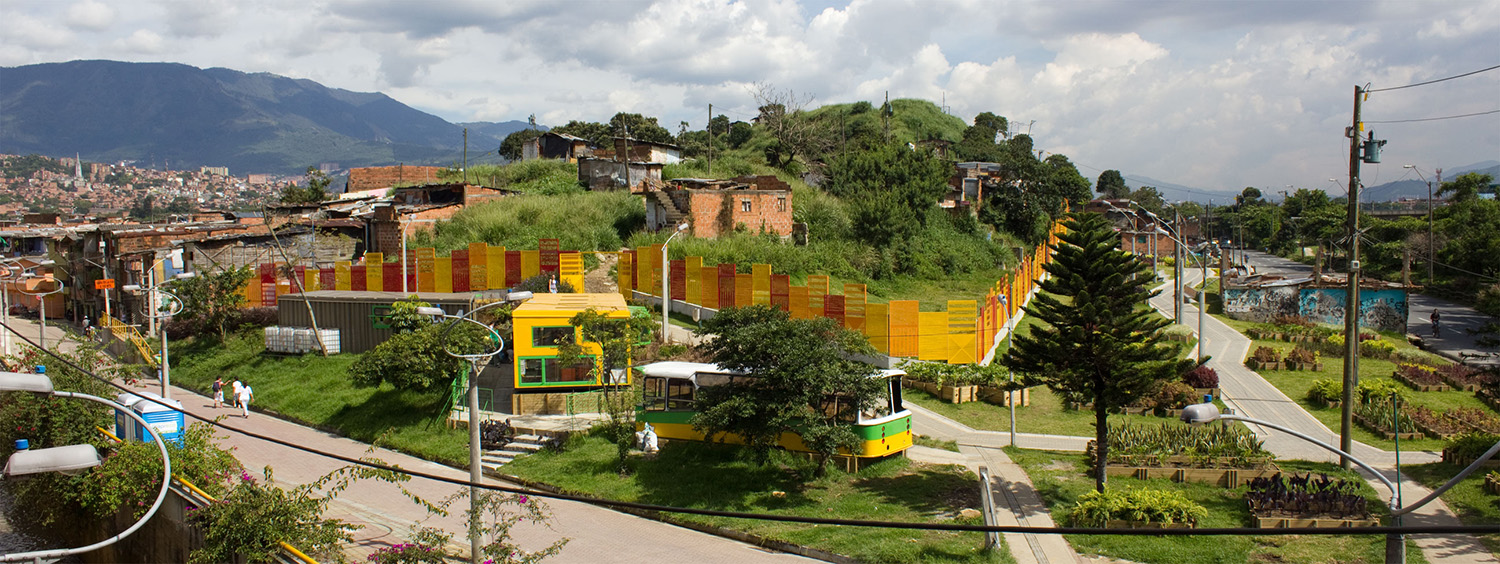
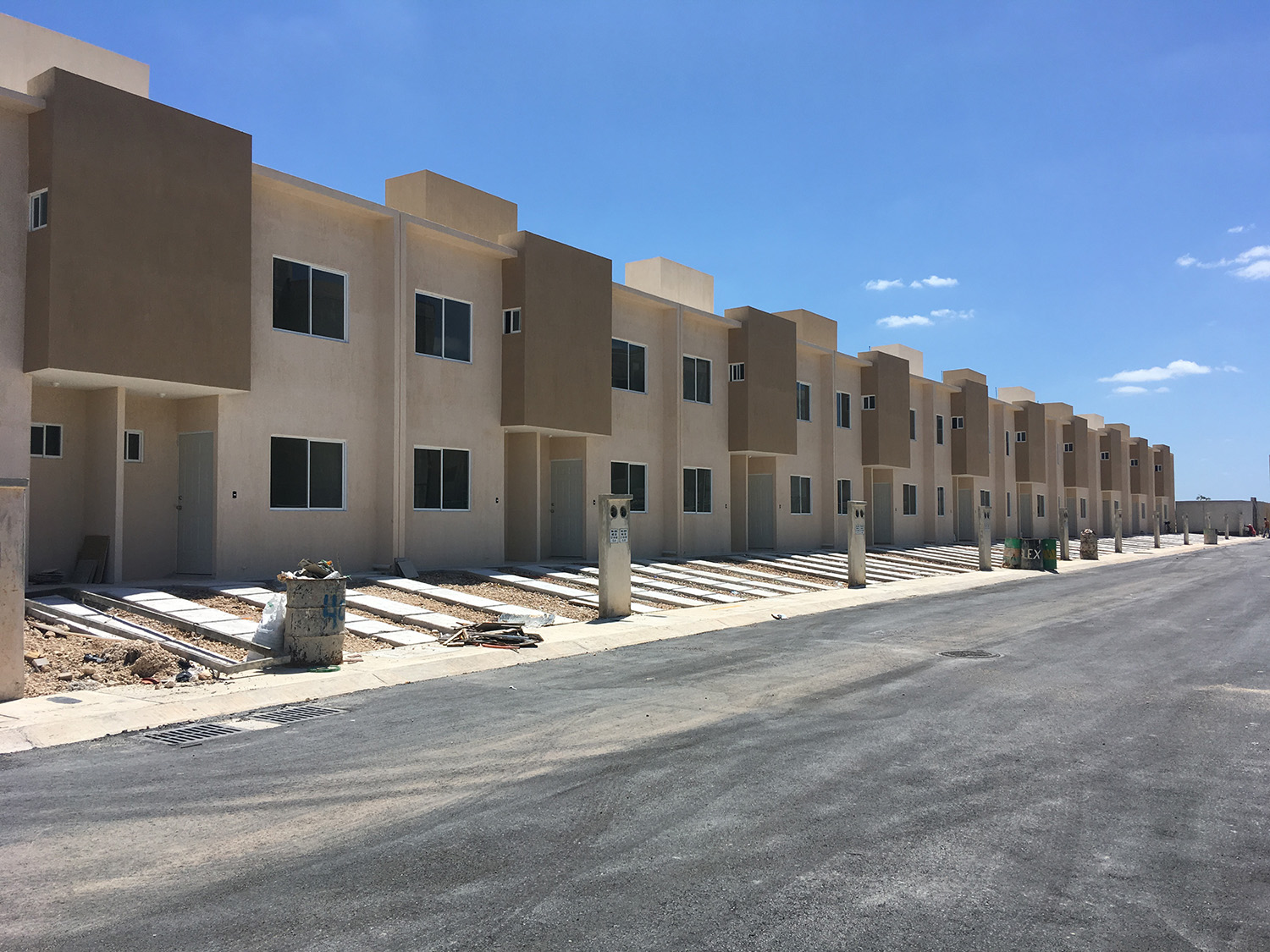
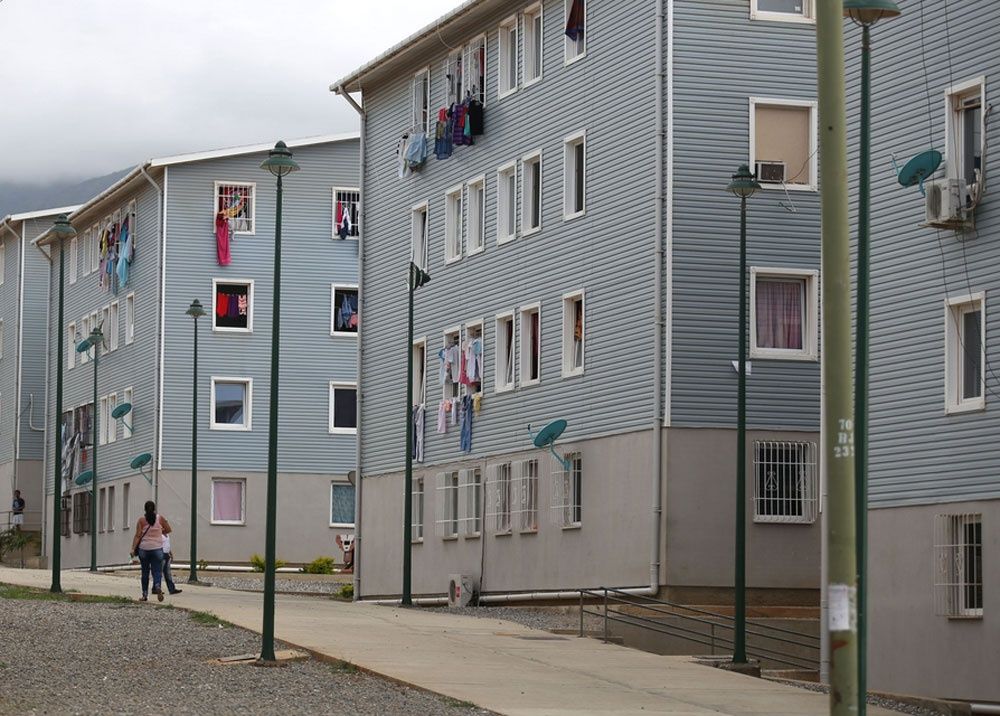



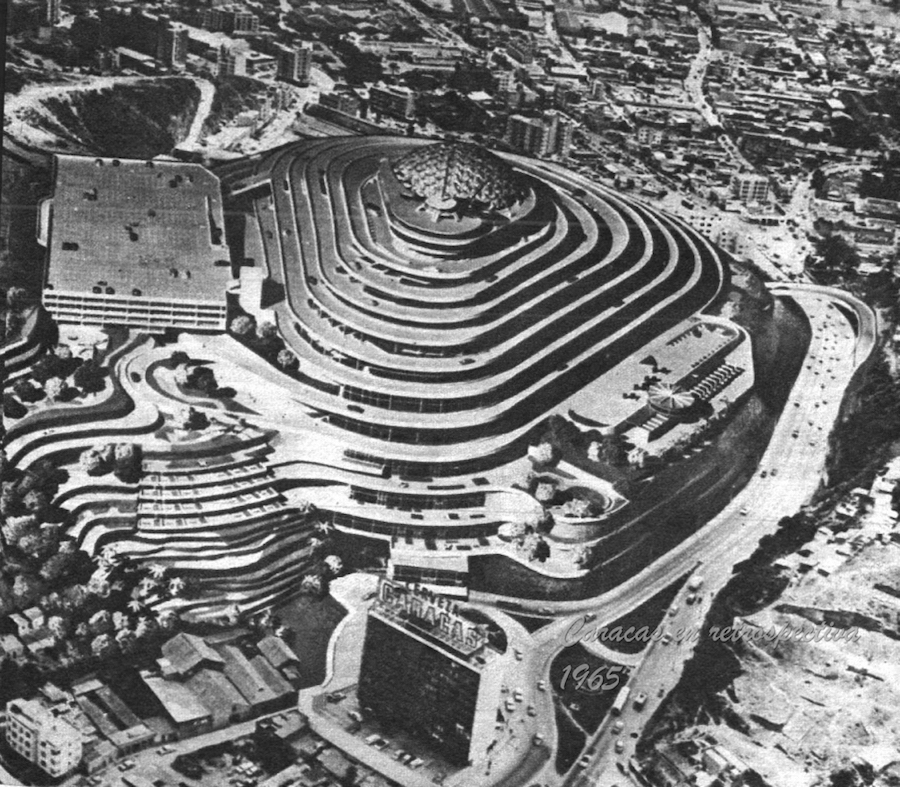
Comments
There are no coments available.